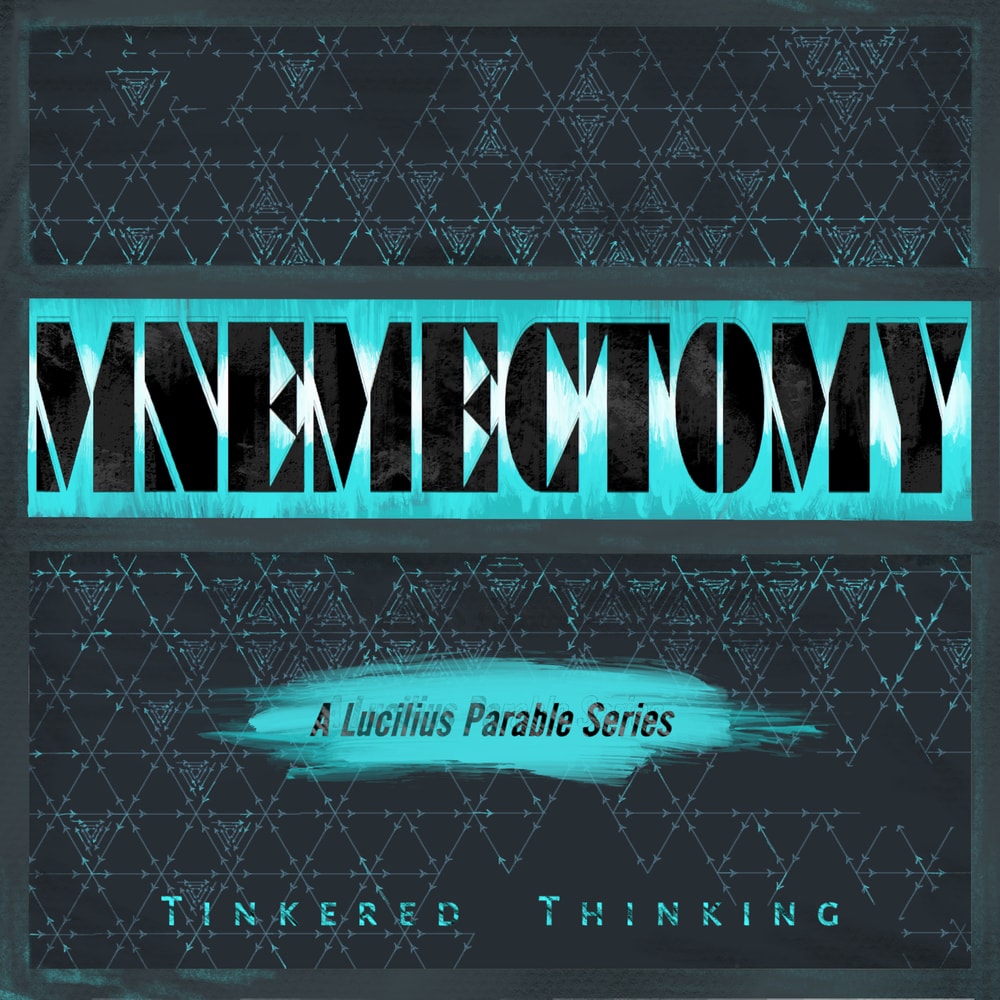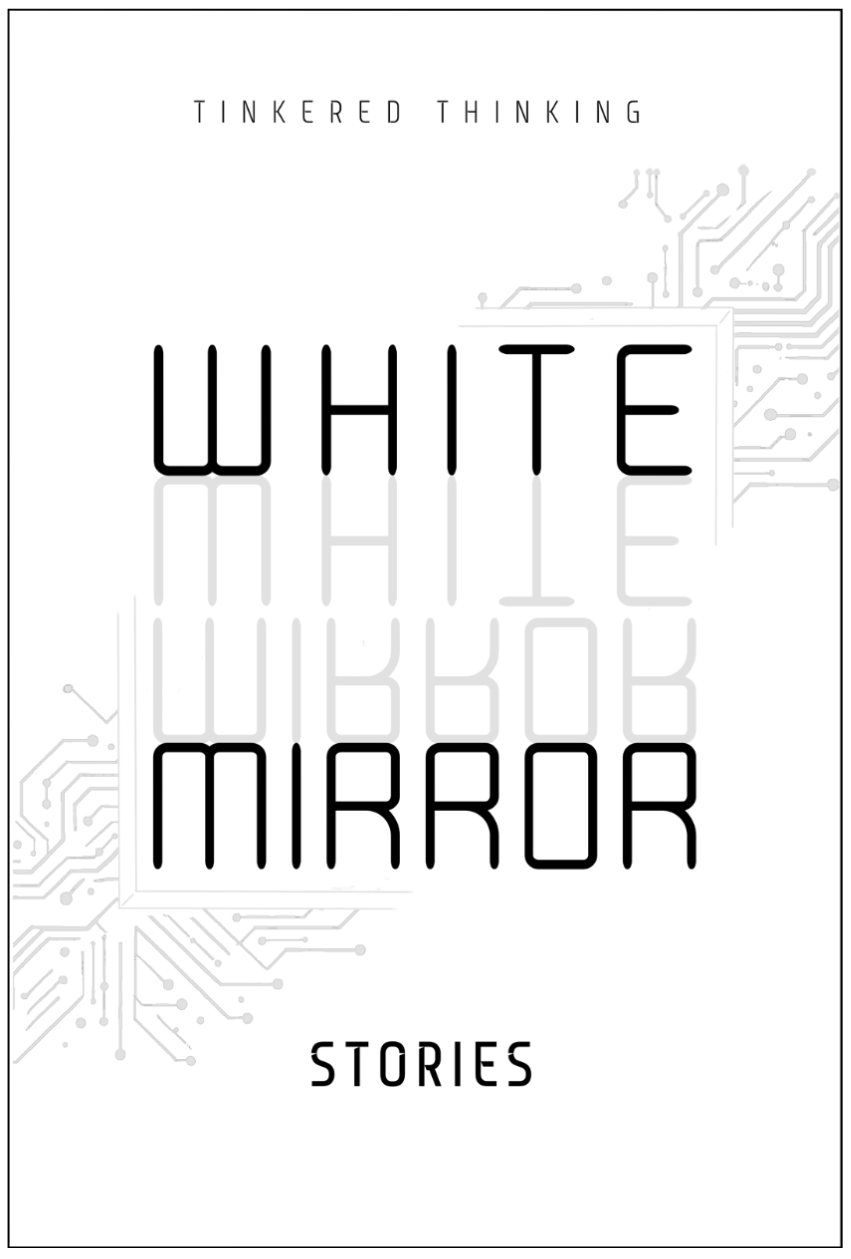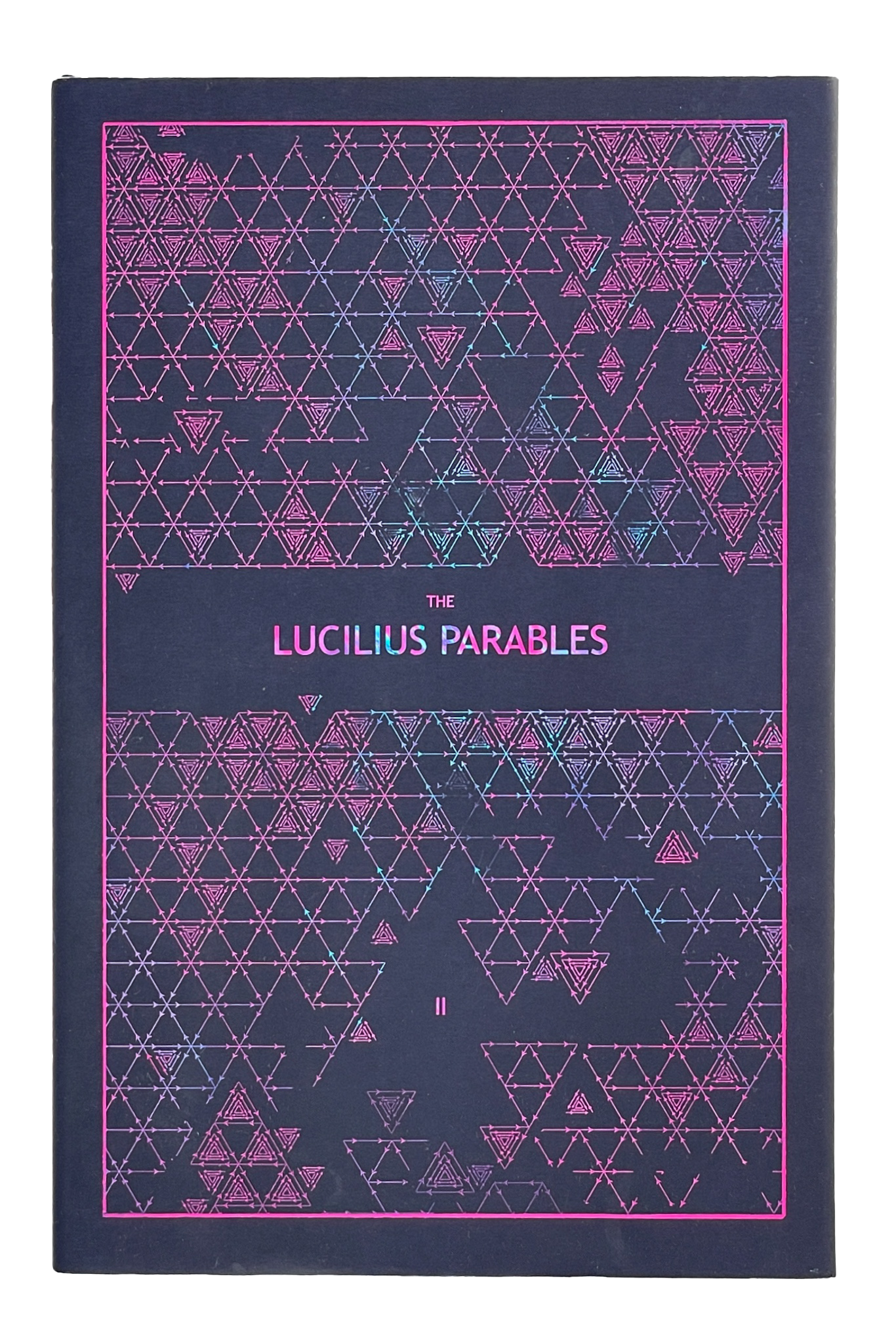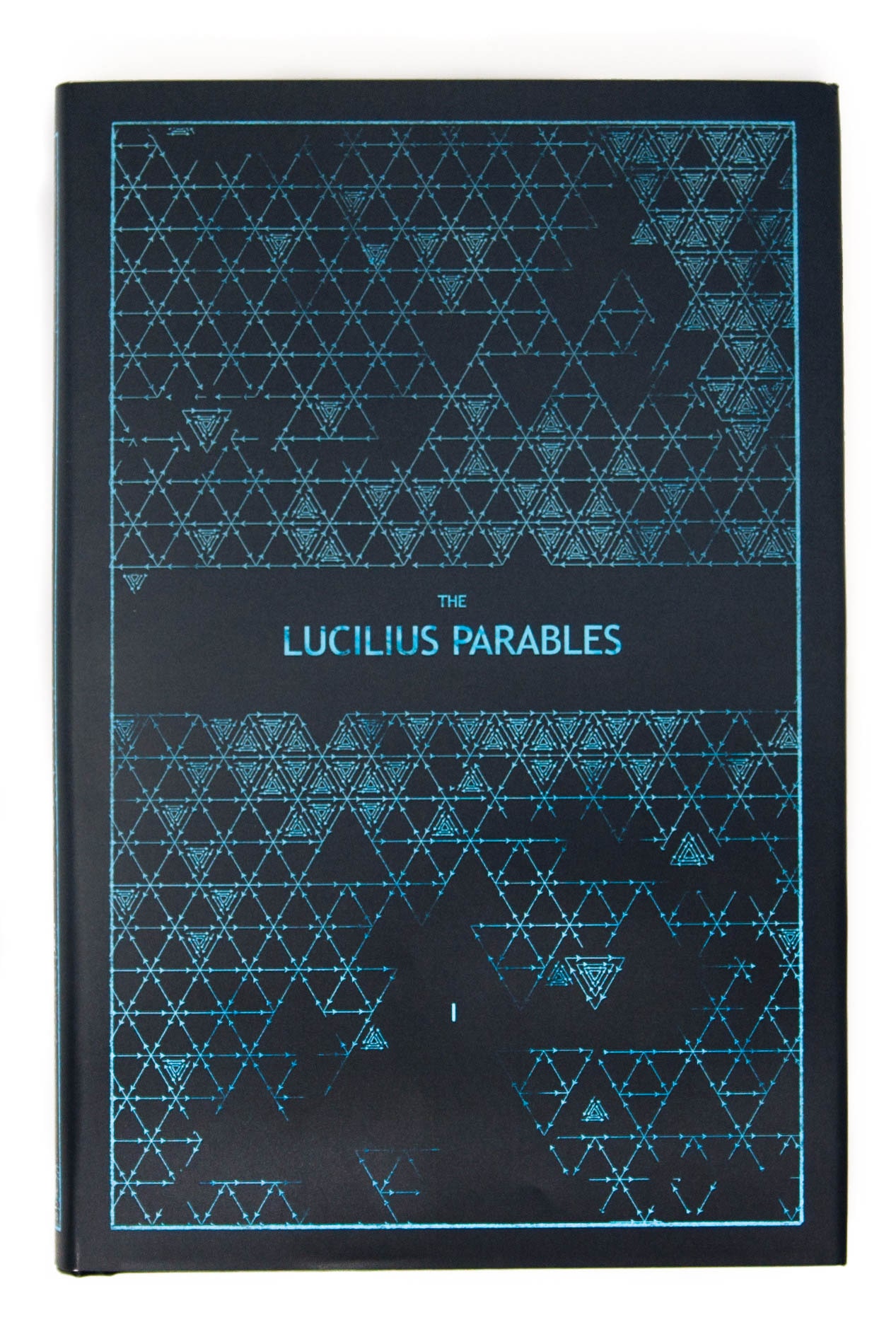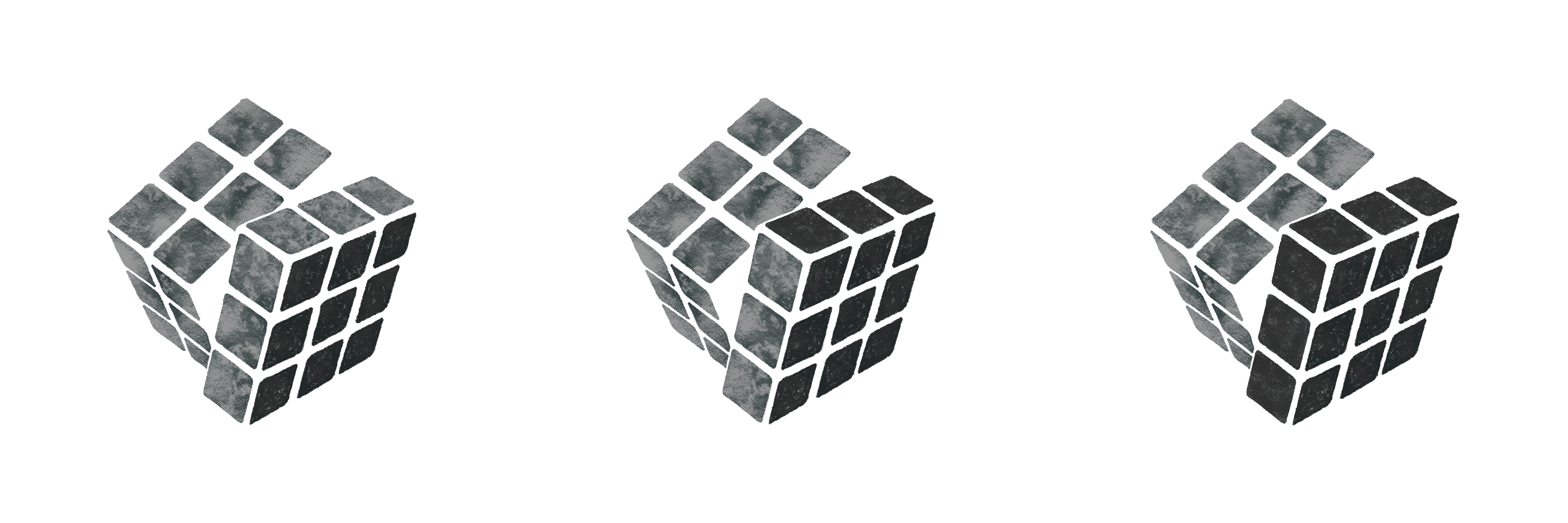Daily, snackable writings to spur changes in thinking.
Building a blueprint for a better brain by tinkering with the code.
subscribe
rss Feeds
SPIN CHESS
A Chess app from Tinkered Thinking featuring a variant of chess that bridges all skill levels!
REPAUSE
A meditation app is forthcoming. Stay Tuned.
TWO KINDS OF HURT
May 15th, 2019
It hurts.
This is a fairly bland statement. It carries no detail, utilizes none of the intricacies of language that can illuminate nuance. While some generalizations are harmless in their lack of specificity, the lack of real communication in a statement like it Hurts can cause actual problems simply because the word ‘hurt’ in this case has more than one meaning.
Is the pain an indication of an injury that is developing or is the pain just pain that we complain about?
The difference couldn’t be more important. It’s a type of mental skill that requires training to reliably tell the difference between the two. Knowing this difference inevitably requires experiencing both types of pain. However, if we’ve gone long enough without experiencing the type of pain that indicates that real damage is about to happen, or is currently happening, than the difference fades without memory and any pain potentially becomes a cause for crying out even if it’s indicating nothing serious.
Not only is it a mental skill to be sensitive to the differences between these two types of pain, but it’s a further mental skill to appropriately down-regulate how important the non-consequential pain is.
Or put another way: no one whines when they are under immediate threat of injury. We send out true signals of alarm based on a survival instinct.
Recognizing that we whine or have the urge to do so is the first step in gaining the mental skill of not letting such petty pain get in the way of our progress.
Many people get stuck in a vicious cycle of complaint that is predicated –presumably- on the pleasurable feedback that sympathy from others creates. However, in order to illicit the same amount of sympathy on the second time round, the cause for sympathy has to be greater, and so our complaints grow more hyperbolic and our pain is described as more intense.
It’s a tenant and practice within stoicism to recognize this tendency within the mind and process it more productively.
At the end of the day, one type of pain that we describe as ‘hurt’ is an important signal that should direct us to change course immediately so as to avoid real damage, and the other type of pain that we describe as ‘hurt’ is most likely a sign that we should continue and push through in order to gain the fruits available beyond such trials.
Exercise is perhaps the best example to elucidate the difference between these two types of hurt. With proper form and weight that is manageable for our physique we should only encounter the type of pain that is worth pushing through. If however we have poor form or attempt weight that is far beyond our ability, the type of pain we experience can be very serious and should be avoided at all costs. We need only push a limb in a direction it is not built to go – like an arm being pushed up behind the back – to get a relatively harmless taste of what that serious pain feels like.
Learning this difference in a physical way extends to the nonphysical endeavors that we undertake. Without physical damage to the body, there is nothing that the mind cannot push through for future benefit. If it feels as though that is not the case, than we have ourselves fooled, and we are mistaking one type of harmless hurt for the other more serious type of hurt. Few things are more confusing or limiting than mixing up these two types of hurt. Mistaking one for the other – in either direction – both carry serious deleterious effects.
Mistaking pain we can actually push through for pain that causes damage ensures that we never Level-up and the chance that our life gets better is left to the whims of fate. This is a hugely limiting mistake, but one that can be corrected.
Mistaking hurt that indicates real damage for hurt that we can push through – on the other hand – is the worse mistake because we are casually open to irrevocable damage.
Like any and all mental skills, knowing the difference between these two types of pain and knowing how to communicate that difference to ourselves in order to push through the superficial pain and pivot before the serious pain inflicts it’s whole result – knowing these differences requires practice.
This episode references Episode 379: Mental Skills, Episode 72: Persevere vs. Pivot, and Episode 42: Level-Up
-compressed.jpg)
